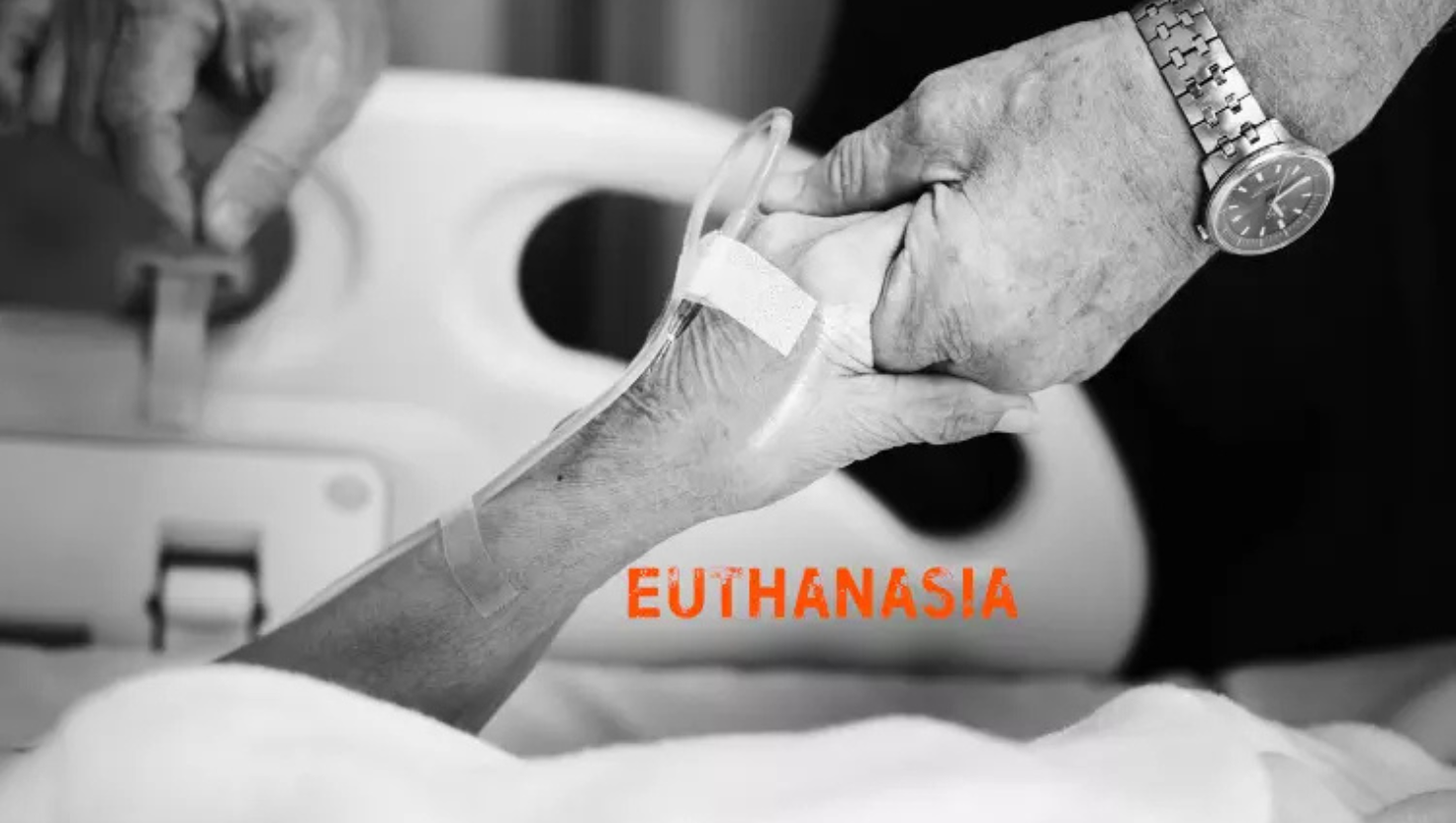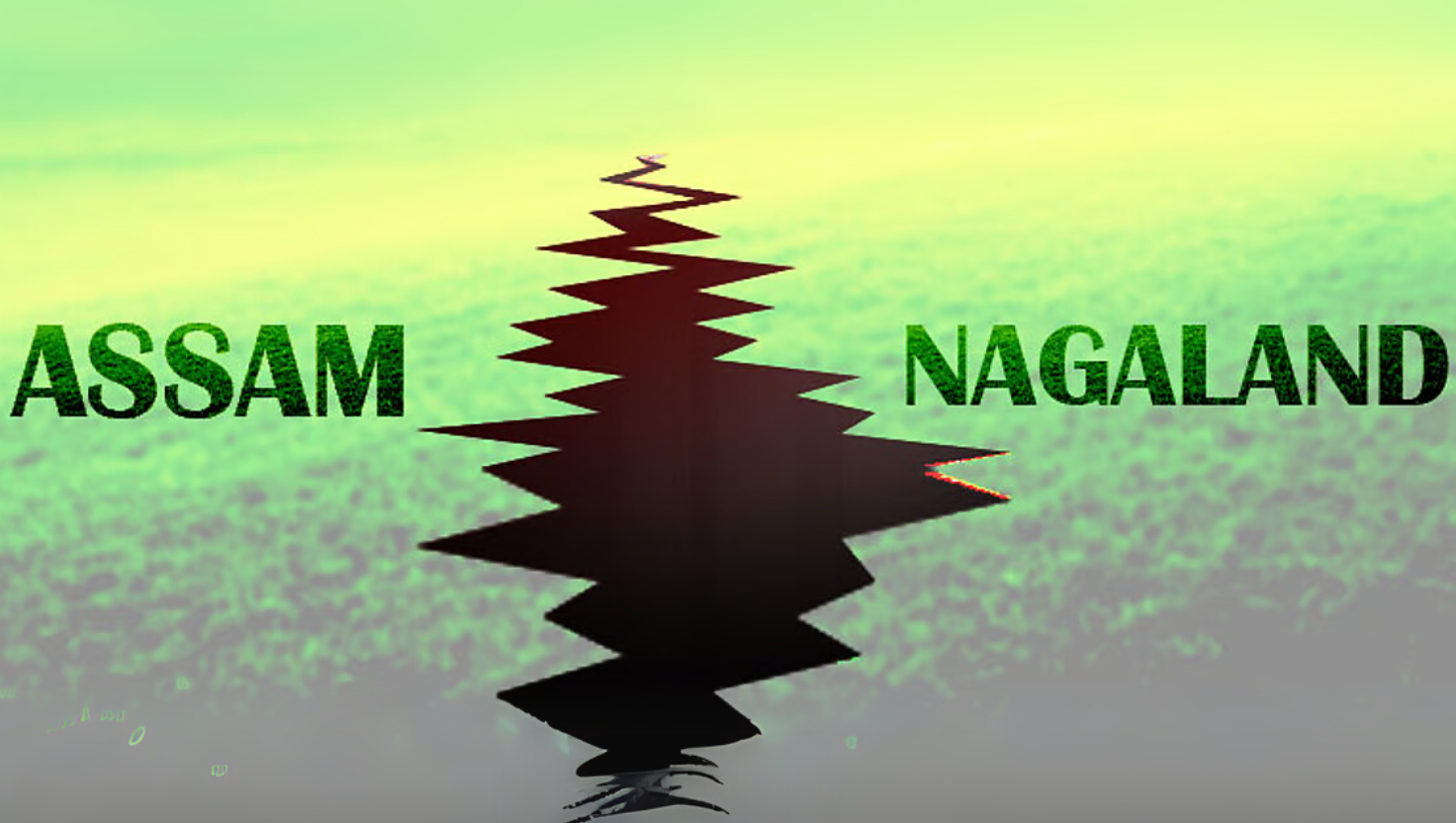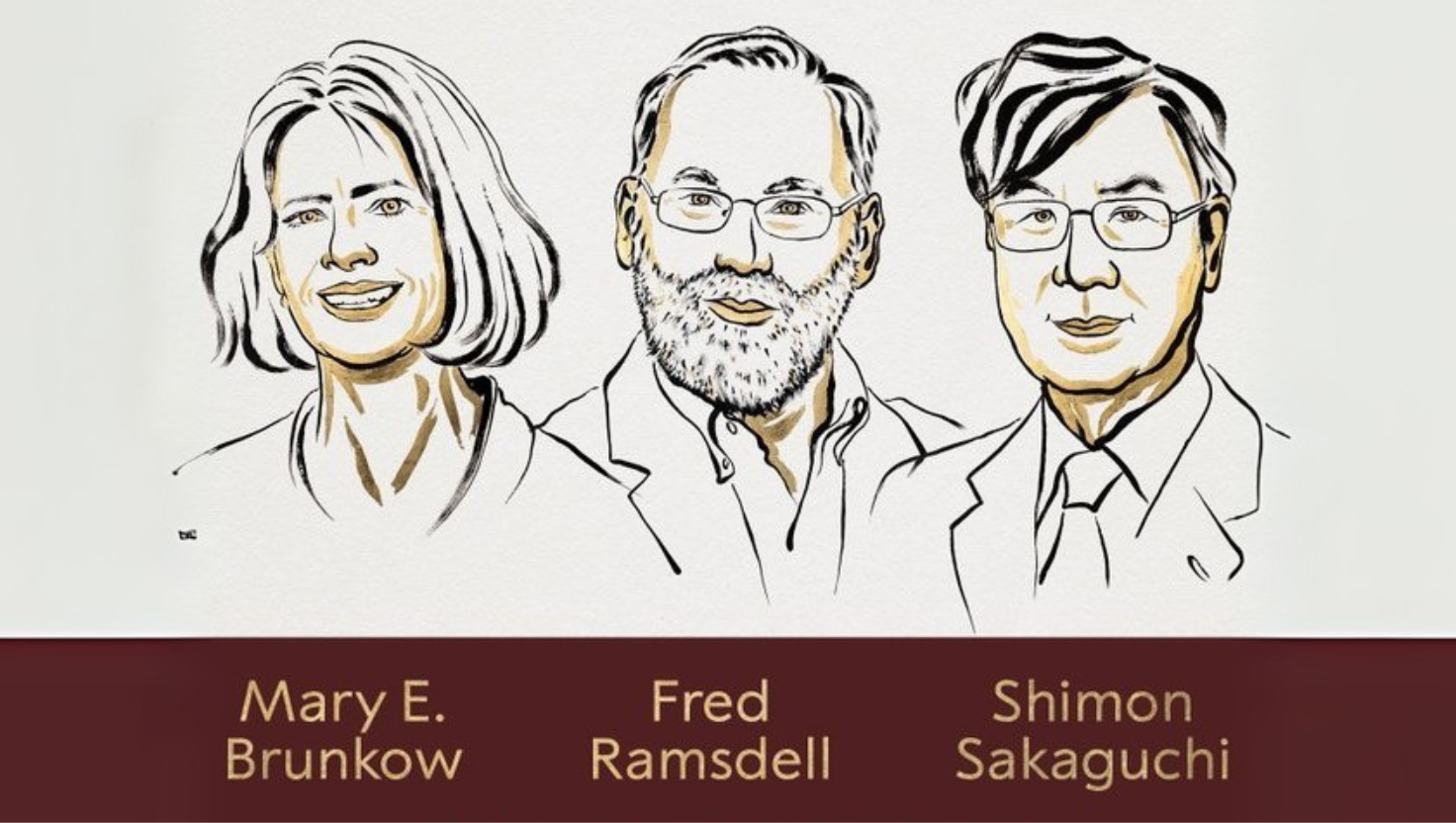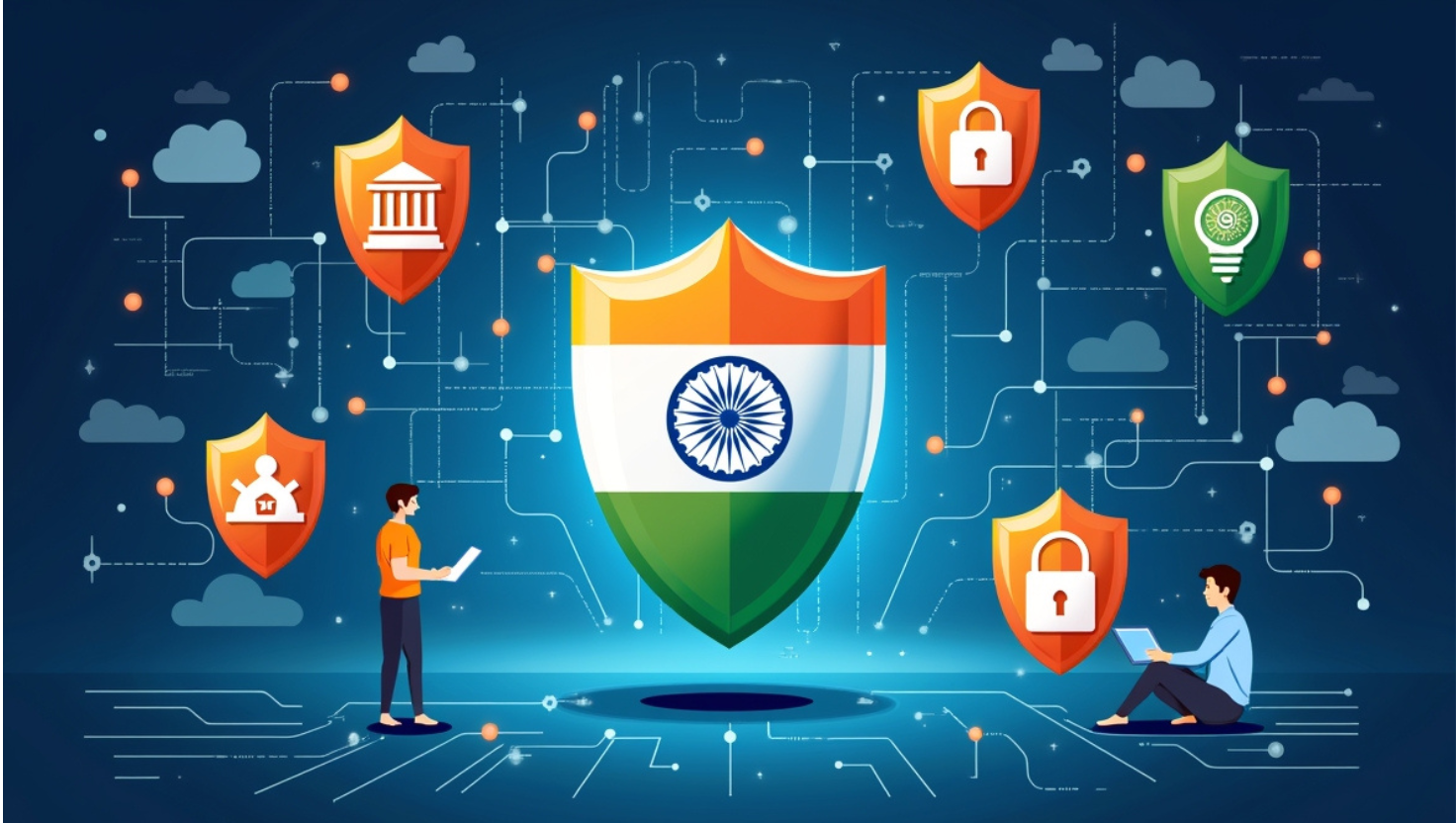Android Earthquake Alert System (AEA): A Crowdsourced Disaster Warning Tool
Syllabus: Disaster Management, Science & Technology (Prelims)
Source: The Times of India
Context
Google and the University of California, Berkeley’s Seismology Lab released a global performance report of the Android Earthquake Alert (AEA) system, which has now been successfully implemented in 98 countries.
What is the AEA System?
The Android Earthquake Alert System (AEA) is a crowdsourced early warning system that detects earthquakes using the accelerometers in Android smartphones. It provides crucial early alerts before destructive ground shaking begins.
Developed By
- In collaboration with UC Berkeley’s Seismology Lab
How It Works
- Detection:
- Android phones detect initial P-waves (the fastest seismic waves) using built-in accelerometers.
- Crowdsourcing:
- Data from multiple nearby phones is sent to Google servers and verified.
- Processing:
- Servers estimate the epicentre, magnitude, and proximity of the earthquake.
- Alert Generation:
- Users are notified before the slower, more damaging S-waves arrive—giving 10 to 60 seconds of lead time.
Alert Types
- ‘BeAware’ – For light tremors
- ‘TakeAction’ – For stronger quakes (with override alerts even on silent mode)
Performance and Reach
- Rolled out in the U.S. in 2020, expanded to 98 countries by 2024
- Issued over 790 million alerts
- 79% of 1.5 lakh users reported the alerts as highly useful
- Magnitude estimate error reduced from 0.5 to 0.25 through algorithm updates
- Available on all Android smartphones, with user opt-in settings
Significance
- Democratises Early Warning Access:
- Extends earthquake warnings from 250 million to 2.5 billion users globally
- No Additional Infrastructure Required:
- Uses existing Android phone sensors—cost-effective and scalable
- Life-Saving Potential:
- Enables people to evacuate, seek safety, or halt transport systems seconds before shaking
Conclusion
The Android Earthquake Alert System represents a major leap in disaster preparedness, using digital technology to provide real-time, accessible, and low-cost early warnings. It showcases how public-private collaboration and crowdsourced data can transform disaster risk reduction globally—especially in vulnerable and densely populated regions.











